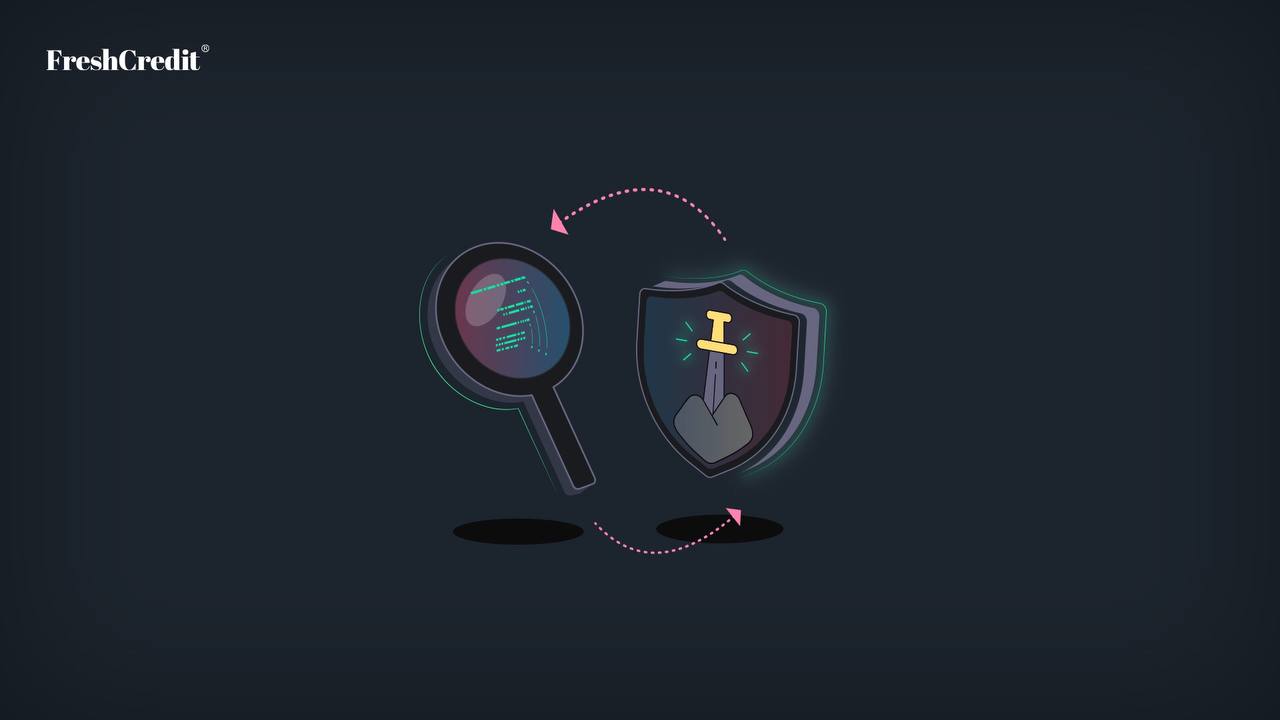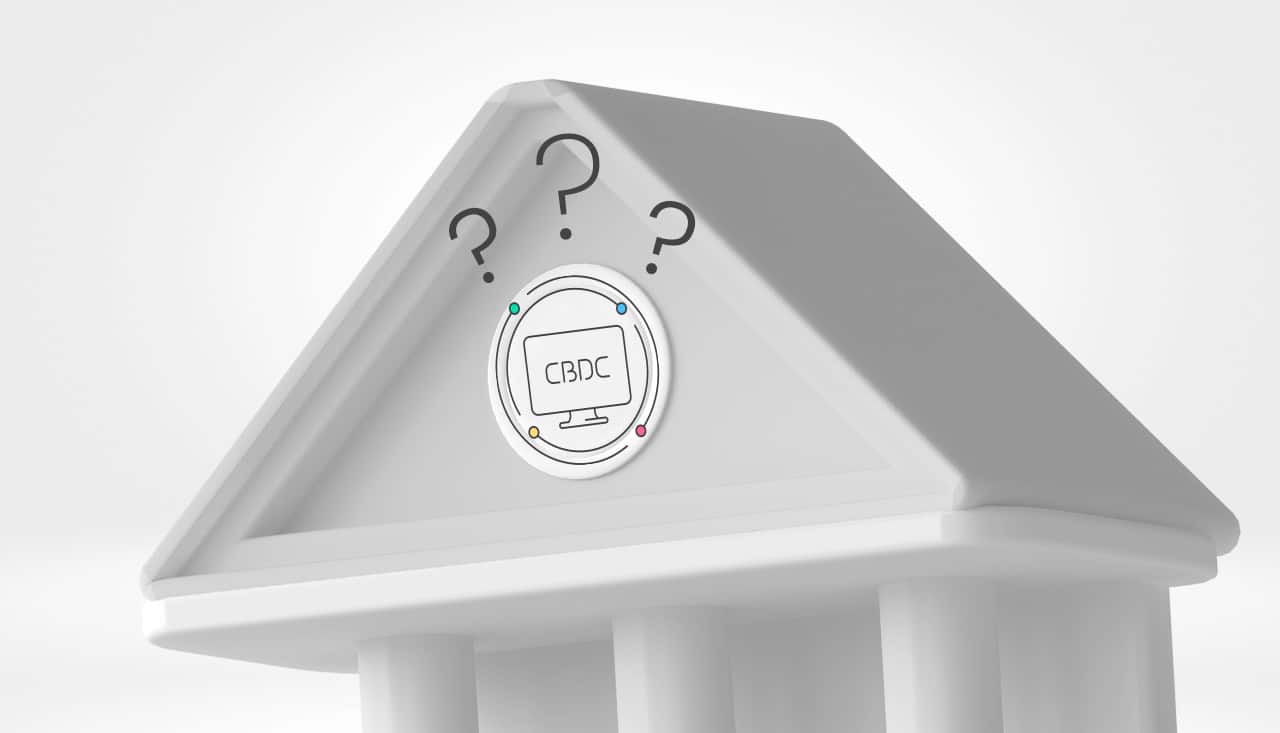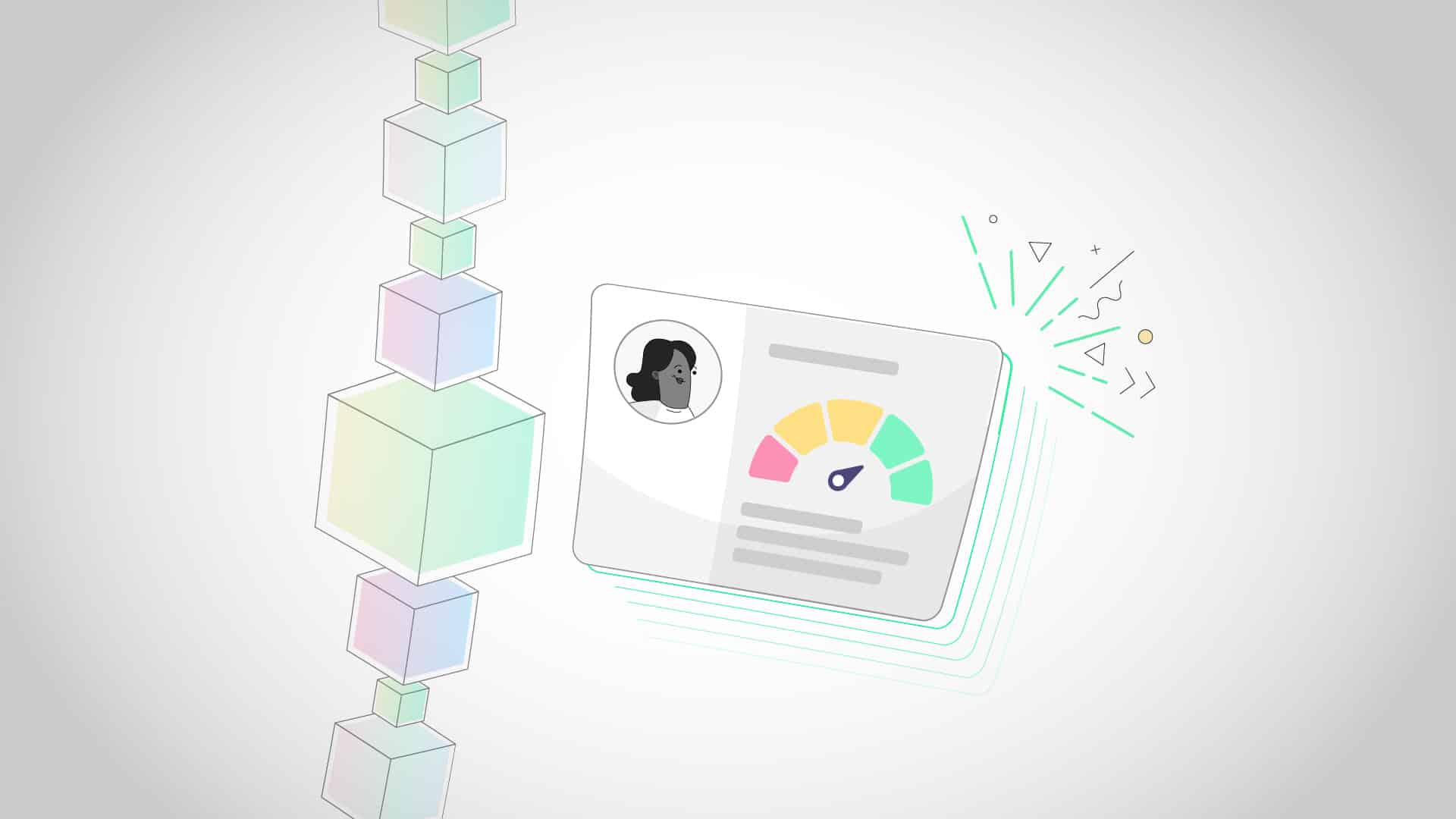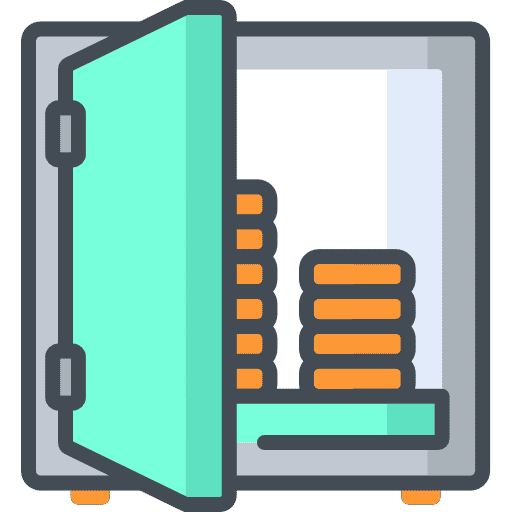
“Blockchain technology has the potential to revolutionize how we verify identity and establish trust in digital transactions.”
Satya Nadella, CEO of Microsoft
In the evolving landscape of finance, blockchain technology is emerging as a powerful tool for enhancing financial inclusion. By leveraging blockchain, we can create systems that are secure, transparent, and accessible to everyone, especially the unbanked and underbanked populations. This blog post explores how FreshCredit is utilizing blockchain to bridge the financial inclusion gap, ensuring that more people have access to essential financial services.
Understanding Financial Inclusion
Financial inclusion refers to the process of ensuring that individuals and businesses have access to useful and affordable financial products and services that meet their needs. These services include transactions, payments, savings, credit, and insurance, delivered in a responsible and sustainable way.
Key Challenges in Achieving Financial Inclusion:
- Lack of Documentation: Many people lack the necessary documentation to open a bank account. For example, approximately 1 billion people worldwide do not have an official ID12.
- Geographical Barriers: Remote areas often lack financial institutions. In rural Sub-Saharan Africa, for instance, 80% of the population lives without bank access within a reasonable distance3.
- High Costs: Traditional banking services can be prohibitively expensive for low-income individuals. The World Bank reports that transaction fees and minimum balance requirements deter many from using banking services4.
- Trust Issues: Distrust in financial institutions can deter people from using banking services. A survey by Edelman shows that only 57% of people globally trust financial services5.
According to the World Bank, about 1.7 billion adults globally remain unbanked, without access to a basic bank account6. This exclusion limits their ability to participate in the economy and improve their financial well-being.
Blockchain as a Solution
Blockchain technology offers a decentralized, secure, and transparent platform for financial transactions. It has the potential to overcome many of the barriers to financial inclusion by providing a way to create verifiable digital identities, reduce transaction costs, and increase trust in financial systems.
Key Benefits of Blockchain for Financial Inclusion:
- Digital Identity Verification: Blockchain can provide a secure way to verify identities, enabling more people to open accounts and access financial services. For example, Estonia has implemented blockchain-based digital identities for its citizens, significantly enhancing access to government and financial services7.
- Reduced Transaction Costs: By eliminating intermediaries, blockchain can lower the cost of financial transactions, making them more affordable. Remittances sent via blockchain can save up to 10% compared to traditional methods8.
- Increased Transparency: The transparent nature of blockchain can increase trust in financial institutions and services. A study by PwC indicates that 84% of companies are actively using blockchain to improve transparency9.
- Access to Credit: Blockchain can facilitate peer-to-peer lending and microfinance, providing credit to those who are traditionally underserved. Companies like DeFi platforms are already enabling access to loans without traditional banking10.
The FreshCredit Approach
FreshCredit is leveraging blockchain technology to create an inclusive financial ecosystem- BlockID a globally accessible credit report that allows users to store personal data securely. BlockScore a fair and transparent credit score. BlockIQ gives access to a credit marketplace where lenders and borrowers around the globe can connect safely and efficiently. Our platform focuses on three main areas: digital identity, secure transactions, and access to credit.
Digital Identity Verification:
FreshCredit uses blockchain to provide secure digital identities. This enables individuals without traditional identification documents to verify their identities and access financial services. Our digital identity system ensures that personal information is securely stored and easily verifiable by financial institutions.
- Example: In India, the Aadhaar system uses digital identities to provide financial services to millions, demonstrating the potential of digital IDs to enhance financial inclusion11.
Secure Transactions:
By utilizing smart contracts on the Polkadot network, FreshCredit ensures that transactions are secure and transparent. Smart contracts automatically execute transactions when predefined conditions are met, reducing the need for intermediaries and lowering transaction costs.
- Example: Smart contracts in Polkadot have revolutionized how transactions are conducted, making them more efficient and secure. The DeFi ecosystem, which relies heavily on smart contracts, surpassed $100 billion in total value locked (TVL) in 202112.
Accessible Credit:
FreshCredit’s blockchain platform facilitates peer-to-peer lending, allowing individuals to obtain microloans from other users. This system uses blockchain to verify creditworthiness and manage loan terms, making credit accessible to a broader population.
- Example: Platforms like Kiva use blockchain to provide microloans to entrepreneurs in developing countries, highlighting the potential for blockchain to democratize access to credit13.
Case Study: Digital Identity in Action
Consider the example of Maria, a woman living in a rural area without access to traditional banking services. Maria struggles to secure a loan to start her small business due to the lack of a verifiable identity. Using FreshCredit’s blockchain-based digital identity solution, Maria can create a secure digital identity that is recognized by financial institutions. With this digital identity, Maria is able to open a bank account and apply for a microloan through FreshCredit’s peer-to-peer lending platform. The blockchain ensures that her identity is verifiable and her transactions are secure, enabling her to access the credit she needs to grow her business.
Impact and Future Outlook
The impact of blockchain on financial inclusion is profound. By providing secure digital identities and reducing transaction costs, blockchain can help bring financial services to millions of unbanked individuals. According to the World Economic Forum, blockchain could potentially provide access to financial services for 1.7 billion unbanked individuals worldwide14.
Furthermore, the use of blockchain in financial inclusion initiatives is expected to grow. MarketsandMarkets projects that the blockchain financial market will reach $20 billion by 2025, driven by the increasing adoption of blockchain technology in various financial applications15.
Conclusion
Blockchain technology holds immense potential to enhance financial inclusion by providing secure, transparent, and accessible financial services. FreshCredit is at the forefront of this revolution, leveraging blockchain to create a more inclusive financial ecosystem. By focusing on digital identity verification, secure transactions, and accessible credit, FreshCredit is helping to bridge the financial inclusion gap and ensure that everyone has the opportunity to participate in the economy and improve their financial well-being.
References
Footnotes
- World Bank. (2021). “Global Findex Database: Measuring Financial Inclusion.” Retrieved from WorldBank.org ↩
- McKinsey & Company. (2019). “Digital Identification: A Key to Inclusive Growth.” Retrieved from McKinsey.com ↩
- CGAP. (2019). “Financial Inclusion in Rural Areas: Evidence from Africa.” Retrieved from CGAP.org ↩
- World Bank. (2020). “The Cost of Financial Exclusion.” Retrieved from WorldBank.org ↩
- Edelman. (2020). “Edelman Trust Barometer: Financial Services.” Retrieved from Edelman.com ↩
- World Bank. (2021). “Global Findex Database: Measuring Financial Inclusion.” Retrieved from WorldBank.org ↩
- e-Estonia. (2020). “How Estonia Became a Digital Society.” Retrieved from e-estonia.com ↩
- World Bank. (2019). “The Role of Remittances in Economic Development.” Retrieved from WorldBank.org ↩
- PwC. (2021). “Blockchain is here. What’s your next move?” Retrieved from PwC.com ↩
- DeFi Pulse. (2021). “DeFi Market Overview.” Retrieved from DeFiPulse.com ↩
- Unique Identification Authority of India. (2020). “Aadhaar Overview.” Retrieved from uidai.gov.in ↩
- DeFi Pulse. (2021). “DeFi Market Overview.” Retrieved from DeFiPulse.com ↩
- Kiva. (2020). “Kiva Protocol: Blockchain for Financial Inclusion.” Retrieved from Kiva.org ↩
- World Economic Forum. (2020). “Blockchain and the Future of Financial Inclusion.” Retrieved from WEForum.org ↩
- MarketsandMarkets. (2020). “Blockchain in Financial Services Market by Application (Digital Identity, Payments, Smart Contracts, Risk & Compliance Management), Industry Vertical (BFSI, Government, Healthcare), and Region – Global Forecast to 2025.” Retrieved from MarketsandMarkets.com ↩





























